TNT Kinematics
By Wyboth
AbstractThe purposes of this experiment are to determine the velocity a player travels at after being blasted by TNT and to determine the muzzle velocity of a TNT cannon.
IntroductionThe world of Minecraft is an intriguing place. Designed to emulate real life to an extent, it has captured the minds of many people. The purpose of this and future experiments will be to discover just how similar Minecraft is to our own world. This paper focuses on an unlikely subject: TNT. In our world, TNT is used in military bombs and as an industrial blasting agent. In Minecraft, TNT is used almost identically. This experiment will seek to answer just how similar TNT is in Minecraft as compared to TNT in the real world. As Adam Savage says, "Let's blow some stuff up."
Materials and MethodsThe first experiment I will do will determine the velocity of a player when subjected to a TNT blast. I will do this by standing on top of TNT and setting it off, then recording the maximum height I reached.
Here is the video showing the results of the experiment. After a lot of work, I compiled a 3D graph of the player's motion. Here are the views from different angles.
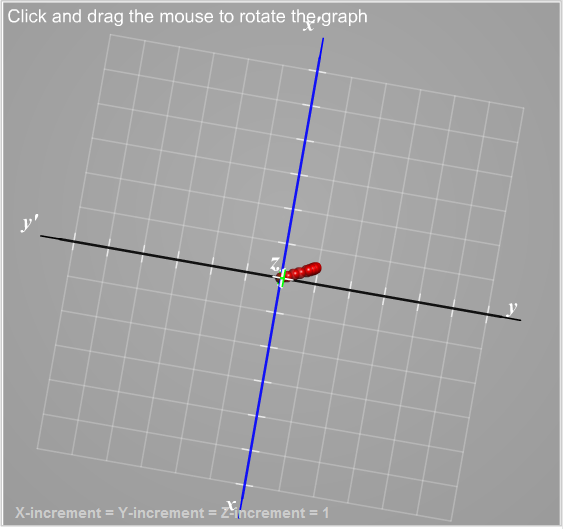
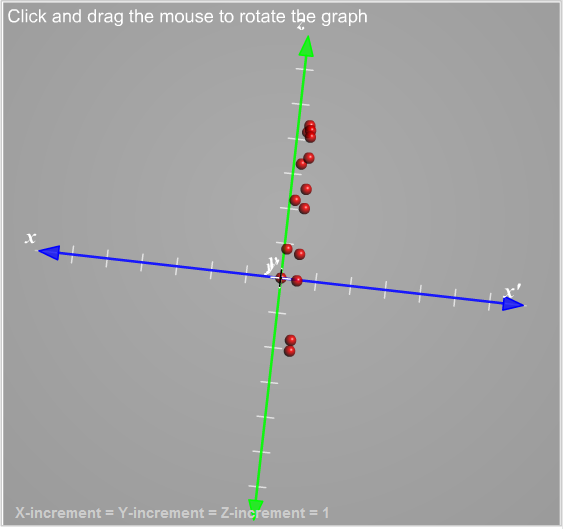
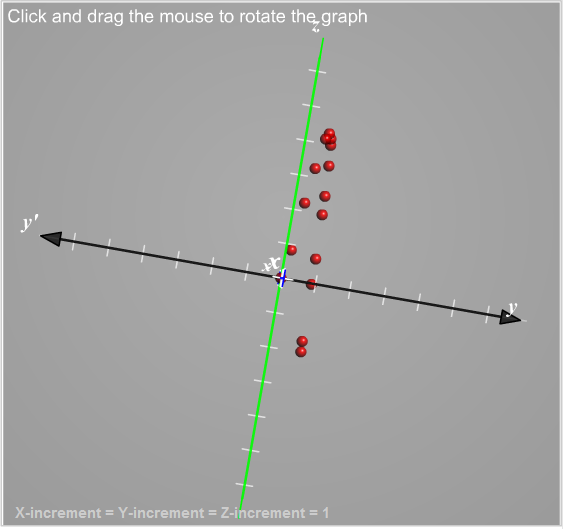
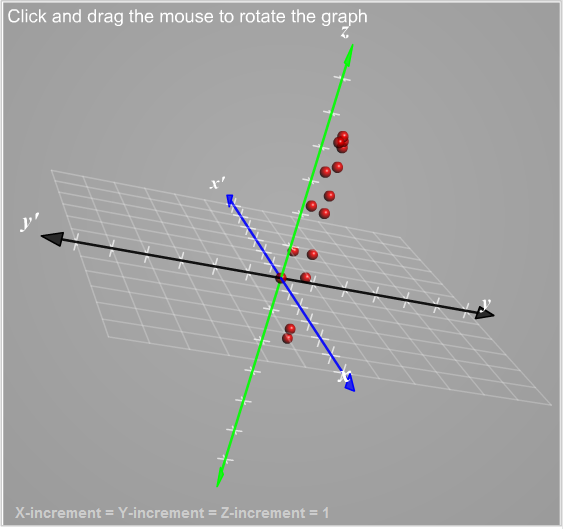
To determine the initial velocity, I first had to find the distance the player traveled immediately after the TNT exploded. Let us say for now that the player's original position was (0, 0, 0). One frame after the TNT exploded, the player was at (-0.07414, 0.841, 0.14788). To find the total displacement, I will use the Pythagorean theorem.
r
2 = x
2 + y
2r
2 = (-0.07414)
2 + (0.841)
2r
2 = 0.0054967396 + 0.707281
r
2 = 0.7127777396
r = √0.7127777396
r = 0.8442616535174389
This is only one piece of the problem. I have found the distance the player traveled across the x and y axes, but I have yet to include the distance the player traveled across the z axis. I must use the Pythagorean theorem again to find the total distance that the player traveled.
d
2 = r
2 + z
2d
2 = (0.8442616535174389)
2 + (0.14788)
2d
2 = 0.7127777396 + 0.0218684944
d
2 = 0.734646234
d = √0.734646234
d = 0.8571150646208477
This is the total distance that the player traveled. For convenience, I can round this number off to 0.86 m. Now, to find the velocity, I must multiply this number by 30, since my recording software captures 30 frames per second. This gives us a velocity of 25.8 m/s. Now, we must use this equation to calculate the acceleration:
v
f = v
o + 2ad
The known variables are v
f = 25.8 m/s, v
o = 0 m/s, and d = 0.86 m. I will substitute these variables into the equation, and drop units for the moment.
25.8 = 0 + 2*0.86*a
25.8 = 1.72a
a = 15 m/s
2This means that the player accelerated at 15 m/s
2 because of the explosion. Now, to compare this to the real world, I will have to make the assumption that the player's mass is similar to that of on average human's.
F = ma
F = (65 kg)(15 m/s)
F = 975 N
Once again, this is assuming that humans in Minecraft have about as much mass as humans do on Earth. If this is true, then the TNT exerted 975 N on the player. Explosions in real life are measured by how much energy they give off in Joules, so I will use the work equation to find the work that the TNT did on the human.
W = F*d
W = 975 N * 0.86 m
W = 838.5 J
TNT stands for Trinitrotoluene, a compound that looks like this:
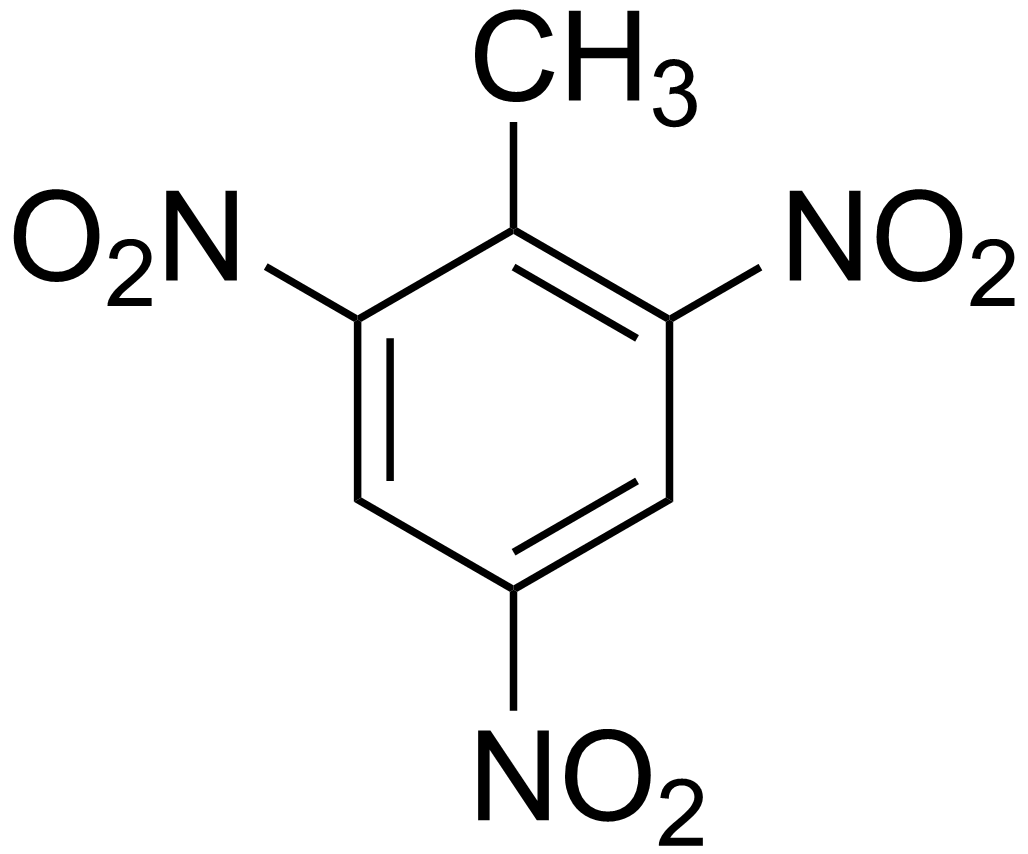
Because the substance is called TNT in Minecraft, and TNT in real life stands for this exact compound, I am going to assume that the two are the same, and that the block TNT is one cubic meter of Trinitrotoluene. With that being said, Trinitrotoluene has an average density of 1.654 g/cm
3. I will convert this to 1,654 kg/m
3. Because the block TNT is one cubic meter, the mass of a TNT block is 1,654 kg. This may seem shocking, but remember that we are talking about one cubic meter of TNT, or this much.
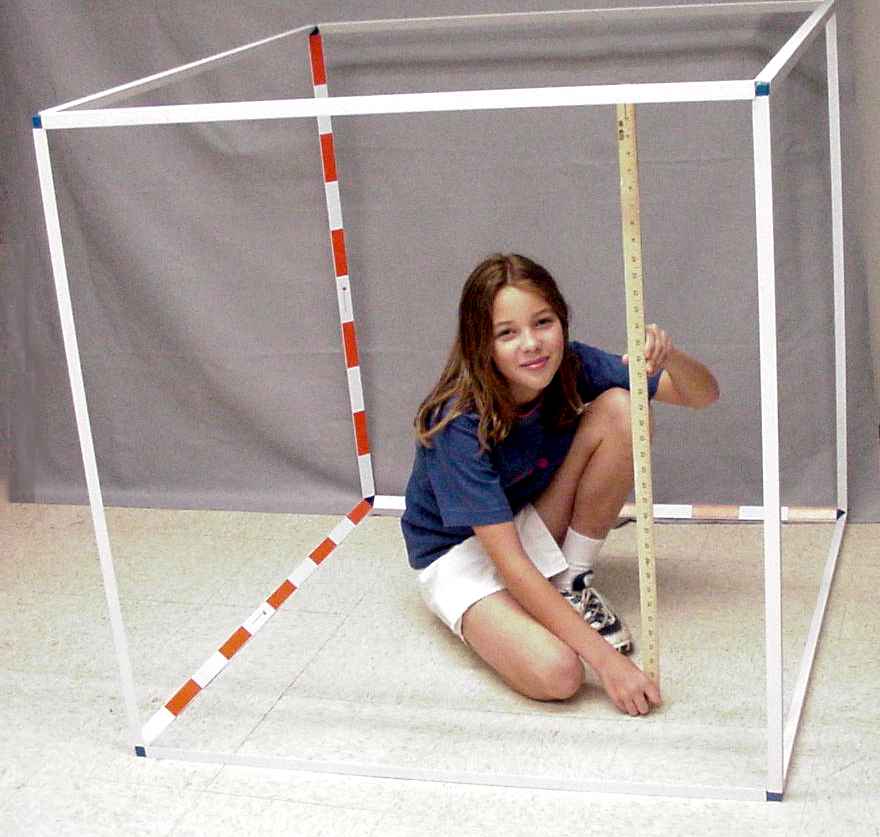
To compare, the average mass of a cubic meter of real-life sandstone is 1,700 kg. Now, for the comparison to real life. One ton of TNT in real life releases 4.184 * 10
9 Joules. Doing some conversions, 1 kilogram of TNT releases 4.612 * 10
6 Joules. Finally, 1,654 kg of TNT release 7.628 * 10
9 Joules. This means that TNT in real life is 9,097,630 times stronger than Minecraft TNT!
My next experiment will determine the muzzle velocity of a TNT cannon. This is, simply put, how fast the TNT will fly after being shot from the cannon.
Here is a video demonstrating the TNT cannon. To determine the muzzle velocity, I will record the cannon being shot, then use frame analysis to determine the velocity and angle of the TNT. Here are the two frames.
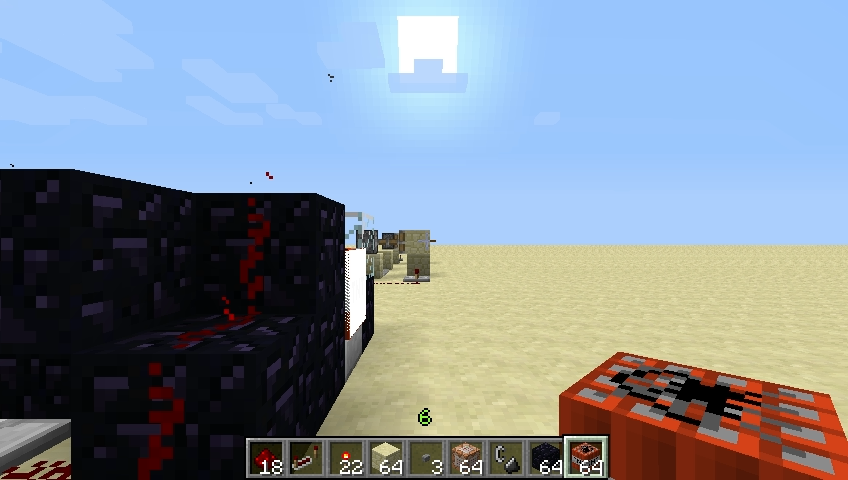
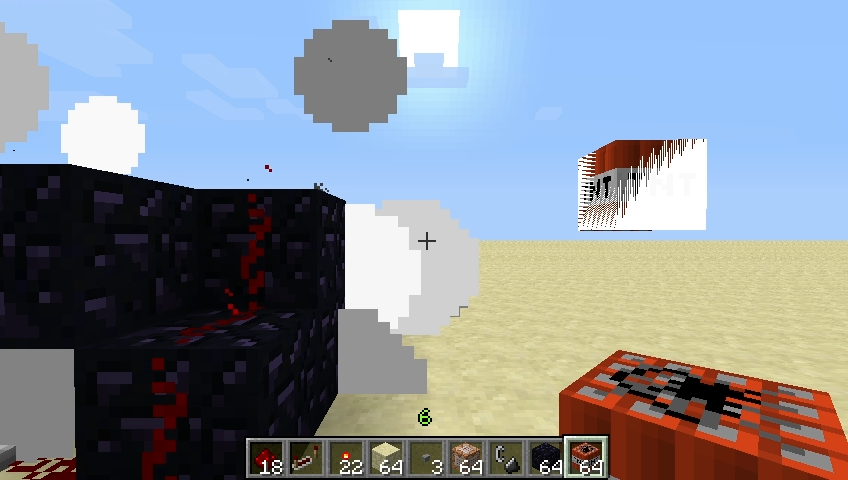
In the first image, the top left corner closest to the camera has an xy pixel value of (345, 248). In the second picture, the corner has a pixel value of (706, 139). This means that the TNT traveled 361 pixels right and 109 pixels up between the frames. If we construct a right triangle of these lengths, the hypotenuse would be 377. Thus, the sine of the angle would be 109/377, or 0.289. Using arcsine, the angle becomes 16.81°. I can find the velocity using this very complicated equation:

In this equation, d is the horizontal distance traveled, v is the original velocity, Ɵ is the angle, g is the acceleration due to gravity, and y
o is the initial height of the object. I know already that d is 54 m, Ɵ is 16.81°, g is 14.4622 m/s
2, and y
o is 1 m. This leaves only v to be solved for.
54 = (0.958v / 14.4622)(0.289v + √(0.083521v
2 + 2 * 14.4622 * 1))
54 = (0.066241v)(0.289v + √(0.083521v
2 + 28.9244))
54 = 0.01914v
2 + 0.066241v√(0.083521v
2 + 28.9244)
54 = 0.01914v
2 + 0.066241v(0.083521v + 5.378)
54 = 0.01814v
2 + 0.0055v
2 + 0.356244v
54 = 0.02364v
2 + 0.356244v
v = 40.8497 m/s
This means that the TNT cannon fired the TNT with a velocity of 40.8497 m/s. I can even go on from here to find the maximum height using this equation:
h = (v
2 * sin
2(Ɵ)) / (2 * g)
h = (1668.69799 * 0.083521) / (2 * 14.4622)
h = 139.371 / 28.9844
h = 4.818 m
Since the TNT was launched from an initial height of 1m, I will add 1 to the height to get the height from the ground.
h = 5.818 m
ResultsThe TNT made the player accelerate at 15 m/s
2, which gives a force of 975 N, which is puny compared to the same amount of TNT in real life, which is 9 million times stronger! The muzzle velocity of a TNT cannon is 40.8497 m/s, and the TNT reaches a height of 5.818 m from the ground.
DiscussionFirstly, I will cover sources of error. There are two: inexact frame capture and orthographic projection. Inexact frame capture may have occurred if my recording software did not snap a frame at the exact moment the TNT exploded, which is likely. However, the error from this is very minor. The other source of error is orthographic projection, which may have skewed my angle measure. Because Minecraft is a 3D world represented on a 2D screen, it is impossible to get around viewing things from a slight angle. Because of this, it may have appeared that the TNT from the cannon traveled a shorter distance than it actually did. However, there is no way to tell the true distance that it traveled, and the error that it may have caused would also be relatively minor.
Next, I will discuss the implications of the results. Although I cannot draw conclusions from the force of the TNT because it is based on an assumption, I can still visualize what an entire cubic meter of TNT exploding in real life would be like, and the blast radius certainly seems to be larger than a few meters, as it is in Minecraft. Either TNT in Minecraft is a different compound, or there is something inhibiting its power. Also, the muzzle velocity of a TNT cannon will certainly be useful for building things such as adventure maps, so that mapmakers can now accurately position the cannons to fire where needed. As always, if the reader can think of any other implications there data might have, he or she should post a comment with their idea.
Works CitedMinecraft, developed by the Mojang Team
Theorem for Sides of a Right Triangle, Pythagoras
Newton's Second Law of Motion
Equation for Work, James Prescott Joule
TNT information,
The New World Encyclopedia